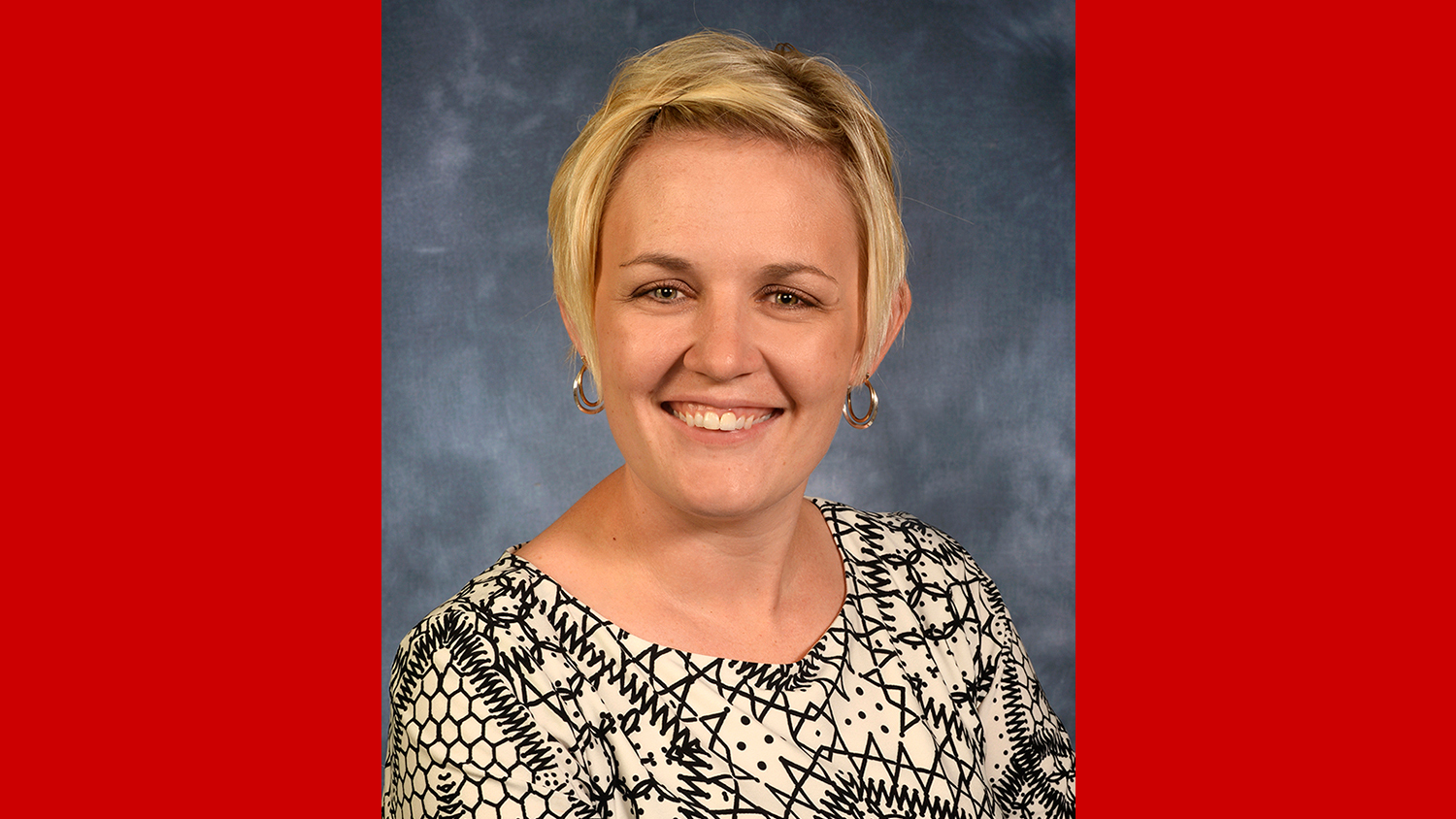Student gives top presentation
Jennifer A. Kimball, a doctoral student in the turfgrass breeding and genetics program, gave a first place presentation during the joint annual meeting of the Agronomy Society of America, Crop Science Society of America and Soil Science Society of America in late October in Cincinnati.
Kimball took first place in the Stress Physiology, Breeding and Genetics of Turfgrass Graduate Student Competition (oral session) with a presentation on a study titled “Patterns of Genetic Variation Suggest Introgression between Zoysia Species.” Other authors of the study, in addition to Kimball, were Maria C. Zuleta, Karen R. Harris-Shultz, Kevin E. Kenworthy, Virginia G. Lehman, and Susana R. Milla-Lewis.
The study focused on understanding genetic variation patterns in Zoysiagrass with the goal of improving Zoysiagrass breeding strategies. Results from the study could aid breeders in maintaining high levels of diversity within their germplasm collections and in selecting parents for crossing programs. Additionally, information generated from the study could aid in the development of species-specific management protocols. The study was part of work Kimball did for her master’s degree in Crop Science.
Kimball’s Ph.D. research focuses on improving cold tolerance in St. Augustinegrass through both conventional and molecular breeding methods. The goal of her research is to develop St. Augustinegrass varieties suited to North Carolina conditions and increase the use of this grass species throughout the state. Her doctoral work is directed by Dr. Susana Milla-Lewis, assistant professor of crop science and a turfgrass breeder. Milla-Lewis developed and leads the turfgrass breeding and genetics program, which is in its third year of existence.
“As a graduate student, it’s exciting to work with turf while studying plant breeding and genetics. There are numerous species that have different end-uses, production systems and genetic issues to deal with. The variability within the crop gives graduate students the unique opportunity to work on very diverse research projects,” says Kimball.


